Question-------------------------
Followup To
Question -
Dear Labman,
My 7 week old yellow female lab wants food all the time. I am feeding her 3 times a day, and 3/4 o 1 cup each feeding. Is this too much? She was the smallest of the litter, but has grown a lot since we brought her home last week. Her mother weighs 60 lbs.
Thank you,
Toni Selliris
Answer -
Labs are notorious gluttons and will eat themselves to an early death given a chance. An over weight puppy will grow too fast stressing its developing joints. Even a puppy should have a waist. Most of them come from the breeders too fat. I would limit each feeding to only 3/4 of a cup until she attains the ideal body condition shown in the link below. Also switching to an adult chow at 4 months slows growth and allows sturdy joints more time to develop. Keeping a puppy lean and slowing the growth is the most important thing after genetics in avoiding hip and other joint problems.
http://www.photolocker.net/images/Labman/proplanc.jpg
Labs do enjoy their chow.
Thanks Labman.
I was also wondering what kind of collar and leash I should use to walk her. Is she too young?
http://www.photolocker.net/images/Labman/zekeandtheproplan.jpg
AnswerI start my puppies the day I pick them up at 7 weeks.
All but the most recalcitrant young puppies can be controlled before they are 4 months old with the flat collar and patience. If you must have something more with a younger puppy, use a fabric restricted slip collar. These are sort of a cross between the conventional flat collar and the slip collar. Some of them are adjustable, Good for a growing puppy. They have a fabric loop at one end with a metal ring holding the other end in the loop, allowing it to slid back a forth. Find one, or adjust one to where it will go on over the puppies head, but will not tighten up past a snug fit around the neck. Put it on the same way as the metal slip collar. The service dog school my Pepper belonged to uses them on all their dogs, puppies and working dogs, except where they must use a head collar.
The dog guide school I have been raising puppies for for years has recently started giving us ''Martingale style''
collars when we pick yup a puppy. They are a fabric version of the pinch collars.
When your dog reaches 4 - 5 months old, start with a good 6' leather
leash and a sturdy slip collar, the metal chain ones with the rings on each
end. You want the shortest one that will go on and off easily. If you walk
with the dog on the left, pull the chain through one loop forming a "P".
Facing it, slip it over its head. The free end should come over the neck to the leash, and the other end should drop slack when there is no pull on the leash.
Easier dogs will give up their pulling with a few good snaps of the leash
combined with a stern "Bad dog!". Gentle with the little ones. You can work up to forceful corrections
with the leash doubled up in both hands and your whole body behind it. But
you don't want to use any more force than you need. One gentle technique I
like is to just stop when he pulls. He wants to go. If you move forward when
the leash is slack, and stop when he pulls, he should quickly figure out the
only way to get to go, is not to pull. This is about teaching him not to
pull, not getting somewhere. The man that taught it to me said "If in a half
hour you haven't made it out to the front walk, fine, you have taught him a
lesson.
Still, you may want to switch to a head collar. The leading brands are Promice, Haltie, and Gentle Leader. They have a strap going around the dogs nose looking something like a muzzle. They work by pulling the dogs head around. No other way gives you such great control with so little force. The prong collar is now a
dangerous relic of value only for its macho looks. Do not consider using one
without hands on instruction from somebody with plenty of experience with them.

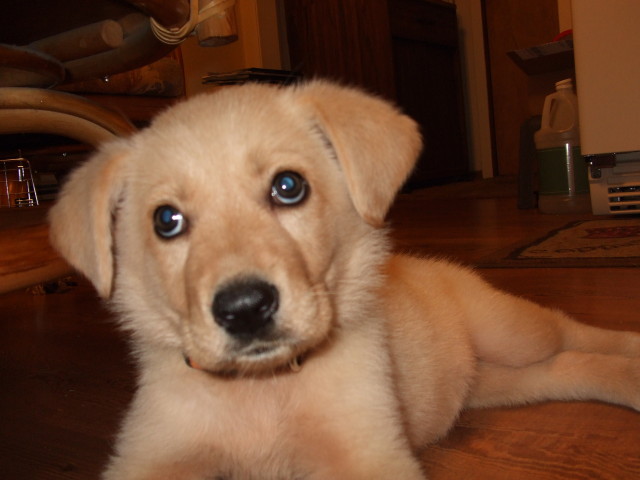 Young pup drinks too much
Question
Hi, Im Roxy & I have
I recently adopted a
Young pup drinks too much
Question
Hi, Im Roxy & I have
I recently adopted a
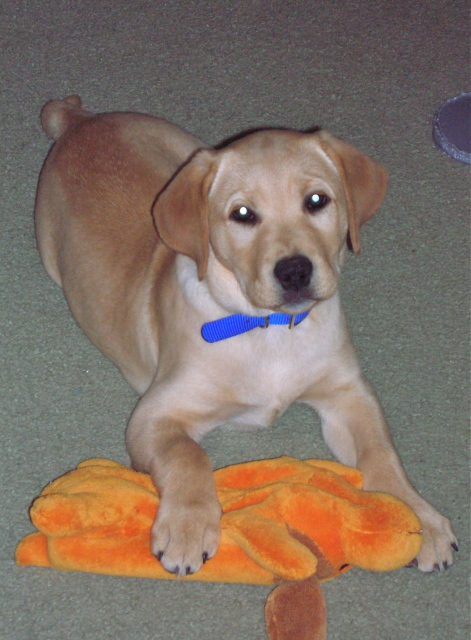 constant puppy barking
Question
My 13 week old female yellow lab barks consta
constant puppy barking
Question
My 13 week old female yellow lab barks consta
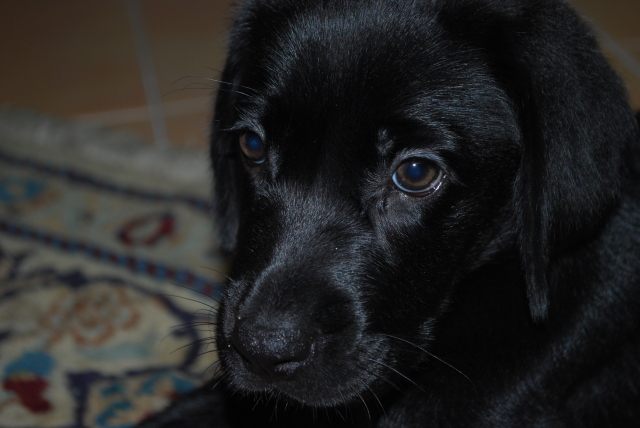 Labrador behaviour
Question
Gordie
Name: Gordie
Age: 4 months
Sex: Male
N
Labrador behaviour
Question
Gordie
Name: Gordie
Age: 4 months
Sex: Male
N
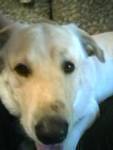 sniffing female owner
Question
Jack
Hello, thank you so much for taking the t
sniffing female owner
Question
Jack
Hello, thank you so much for taking the t
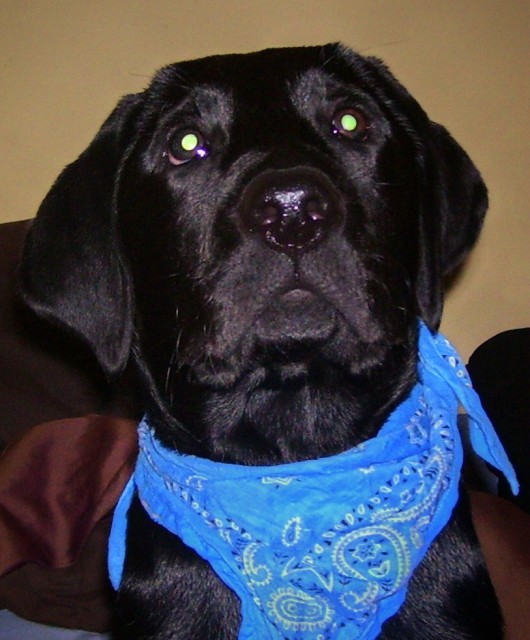 Eating Problems
Question
Datsun
I have a 9 month old,Black male Labrado
Eating Problems
Question
Datsun
I have a 9 month old,Black male Labrado